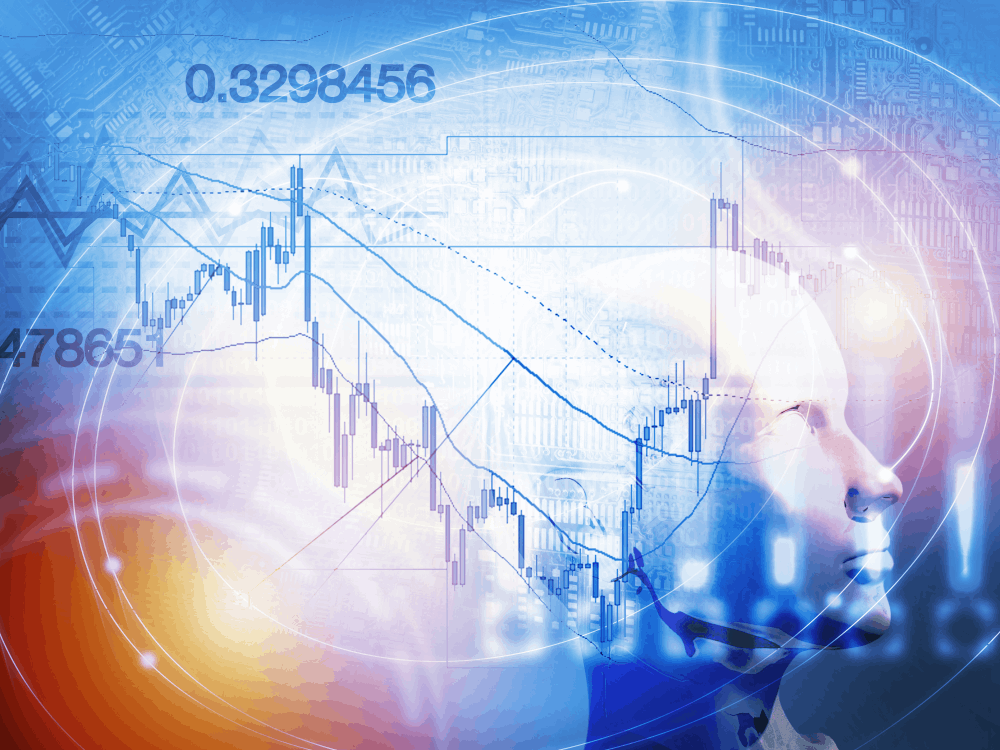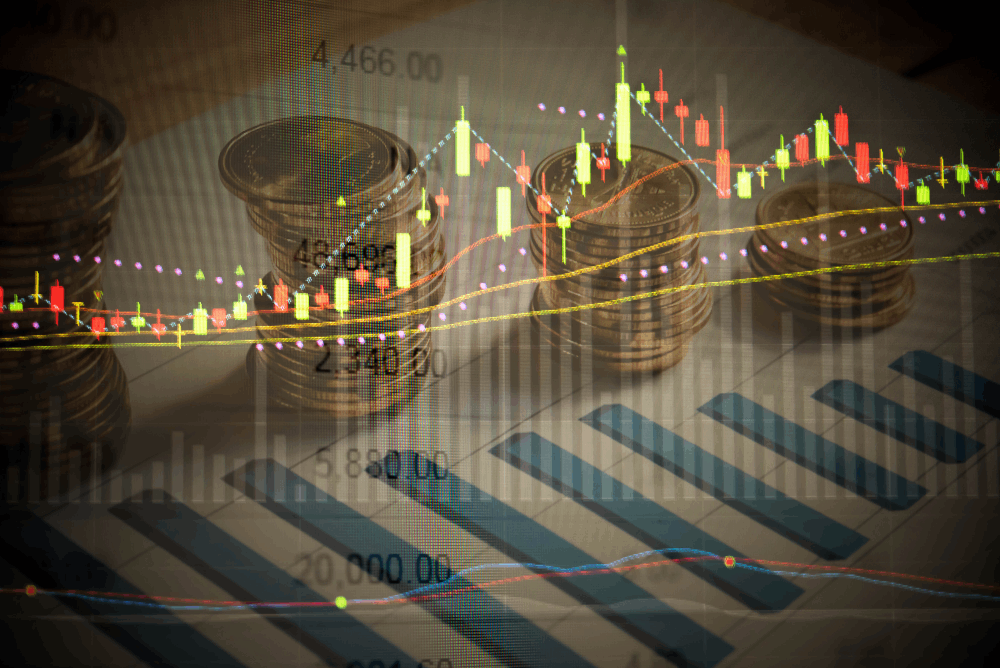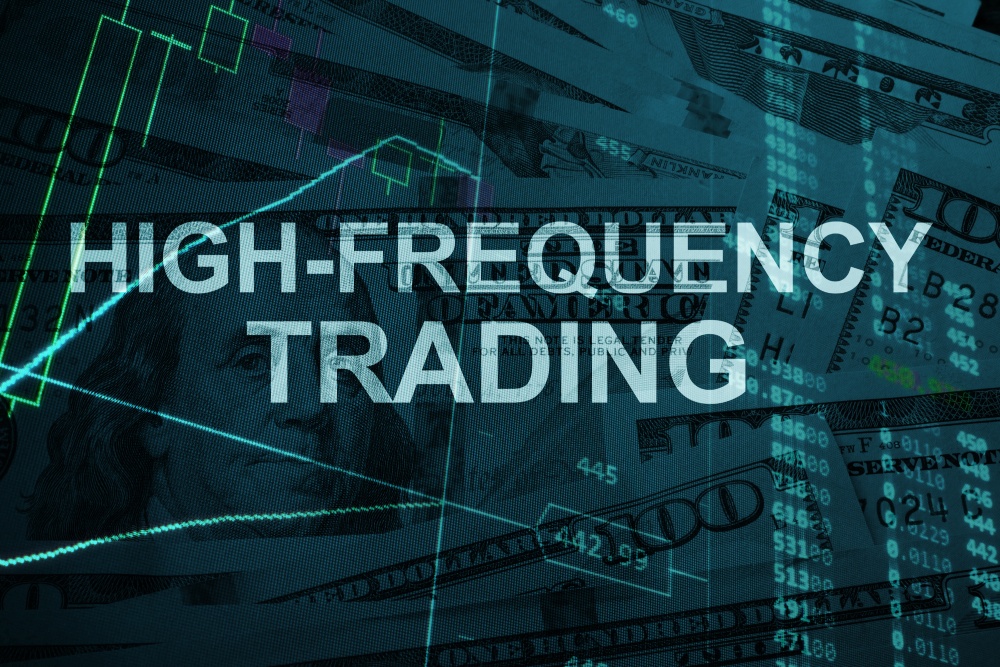What is quantitative trading?

Quantitative trading is an applied type of trading based on quantitative analysis that uses mathematical computations/functions to identify trading opportunities. Quant trading is used to buy and sell financial assets without human intervention, in which case the trade execution is done automatically by a machine. With the purpose of making profit through a confident decision-making process.
How does quant work?
Using an automated program and through research, this model is used to identify market patterns by simply looking for them, after the model has been back-tested through historical data, if it is matched, then the model is then used in real-time markets. So, in summary, it is a trading decision based on a computerized analysis using a mathematical function to reveal a certain pattern that will then be compared to the historical data to be computed in real-life trading.
The most common used tools used by quant traders are oscillators and moving averages, and the most common data points are price and volume.
Advantages and Disadvantages:
Quantitative trading is an effective tool that has the ability to overcome a common issue with trading and that’s separating rational and irrational decisions. Quant can be used to give the trader the eligibility to prospect opportunities eliminating any overwhelming data in addition to different emotions from the decision-making process, basically overcoming the hard part, increasing a trader’s probabilities for making profit.
This is a hefty advantage of quantitative trading, that it uses computers to base decisions without irrational thinking or human biases, it’s merely a calculation.
However, of course like everything has its pros and cons. This too has the possibility of becoming ineffective. Quantitative trading can become ineffective once market conditions change, because then it’s incomparable to a historical pattern.
Example of Quantitative trading:
In an example of price and action, Quantitative trading can be used to evaluate different variables of a stock. A mix of stocks or one stock is picked then programmed to look and analyze a pattern in the history of this stock to take advantage of a probable opportunity. So, the model recognizes if perhaps there’s a time of day where the stock follows a particular trend or momentum.
Quantitative trading is commonly used by hedge funds and financial institutions that have large transactions and include the selling and buying of hundreds of thousands of shares and securities. It is also used by “quant” traders or individual investors who seek different methods. Quant traders will need to understand mathematical concepts such as conditional probability, Kurtosis, and Value at Risk (VaR). Quant traders can opt to create their own strategy or use an existing model.
High-Frequency trading
Quantitative trading is also associated with other techniques such as High-frequency trading (HFT). This is a type of trading involving the use of computer programs to open and close positions- most commonly a large number of positions.
Quant trading components:
1-Strategy
This is a research process to obtain the best strategy to increase return and lower risk. Quants will identify a profitable strategy to be followed based on a theory. Using various public sources or by pooling through funds that have previously discussed their profitable strategies. There are also trading journals that outline different strategies that have been utilized previously.
2-Backtesting
To identify an effective strategy, it then needs to be applied to the historical data to assess its profitability. This will give us an indication of how it will perform in real time markets. It is important to note that the data must be timely and accurate and although backtesting may conclude that a particular strategy will work, unpredictable market movements can prove otherwise.
3-Execution
The execution process can be semi or fully automated, depending on the customized system but when using the HFT technique, it needs to be fully automated. Automated strategies ideally use an API (Application programming interface) which automates the execution of your trades.
It is essential to consider minimizing the cost of the transaction from your broker which includes commission, slippage and the spread.
4-Risk Management
Any variable that could interfere with your strategy comes under risk. From human biases to tech errors and capital allocation, it’s all components of risk management. Nevertheless, an automated strategy will eliminate human biases and be less problematic and reduce the chances of over or under-leveraging.
Summary
In Short, Quantitative trading is a trading strategy used to identify opportunities with the use of mathematical functions. Using a computerized program that will analyze historical profitable trades and reapply the proven money-making strategy through identifying patterns and trends. Common strategies in quant trading include statistical arbitrage, algorithmic pattern recognition, trend following, and mean reversion.

